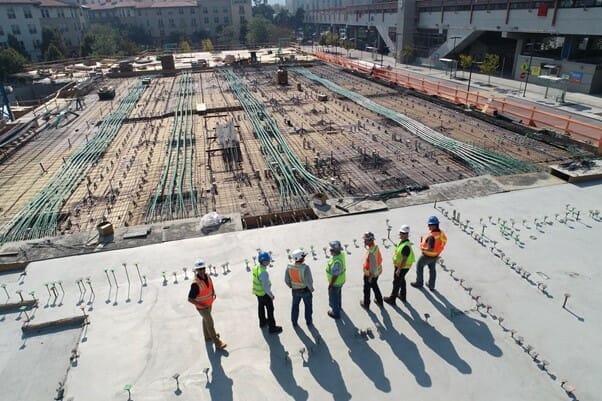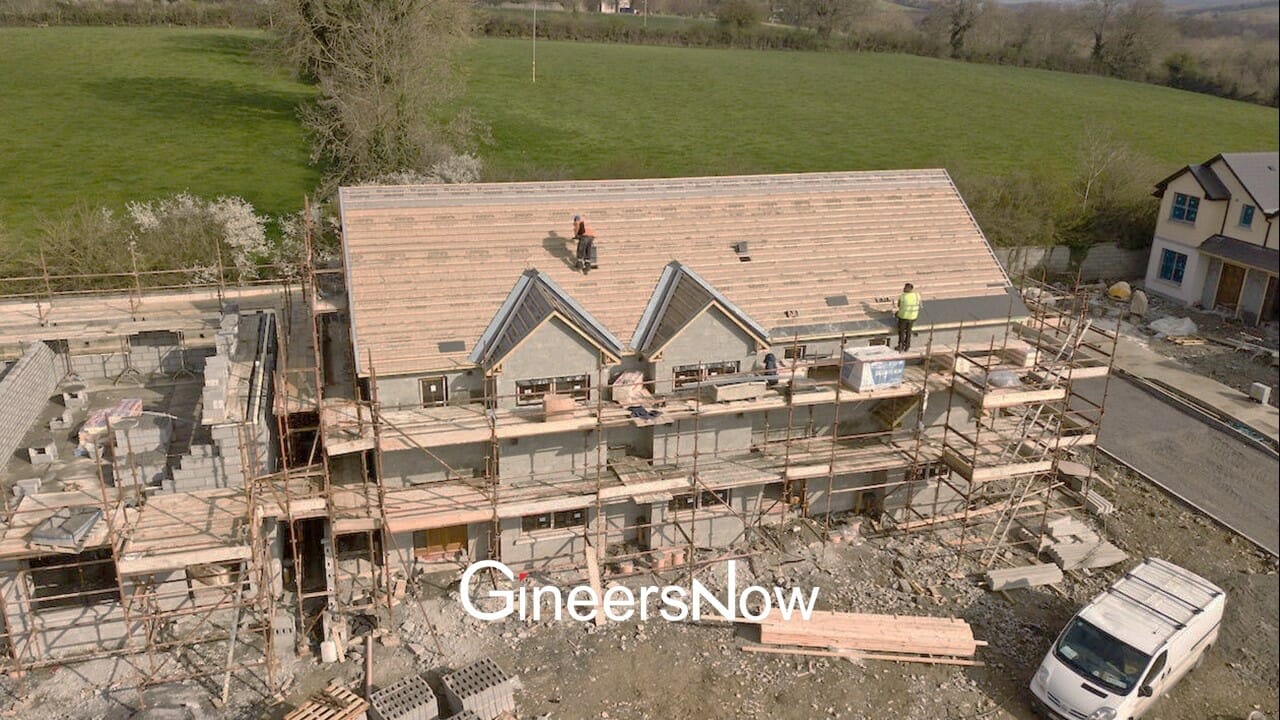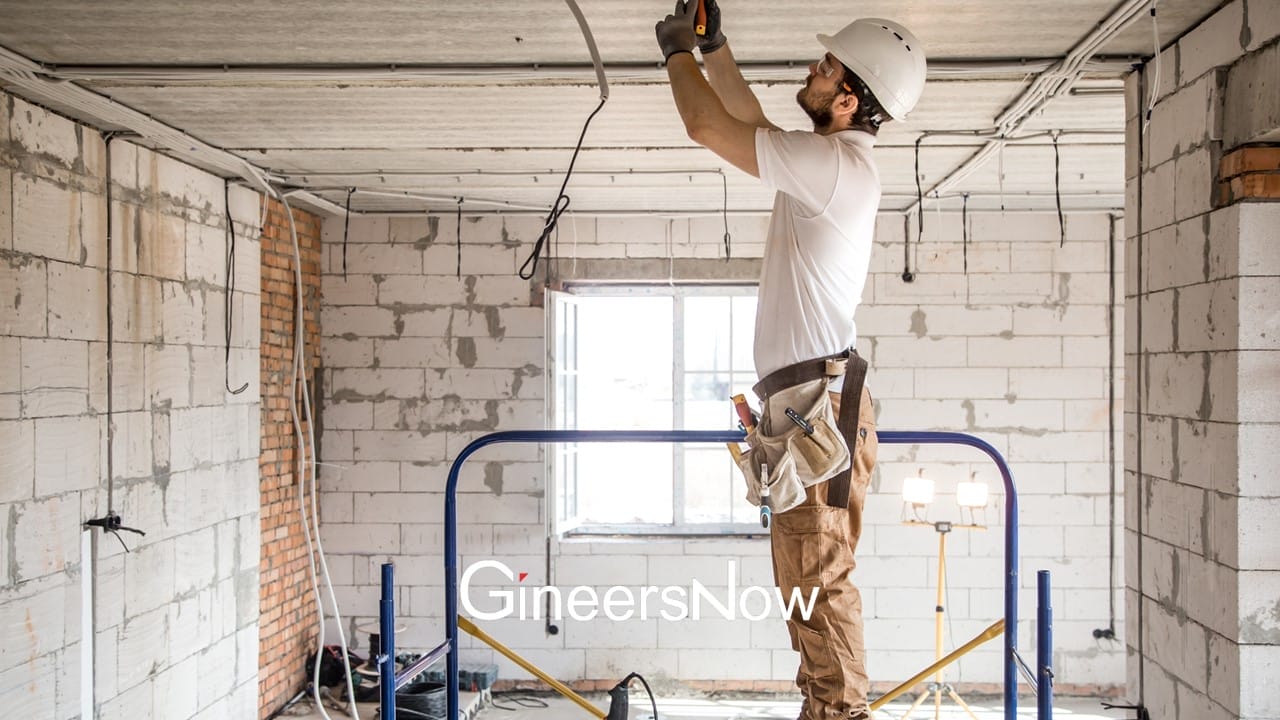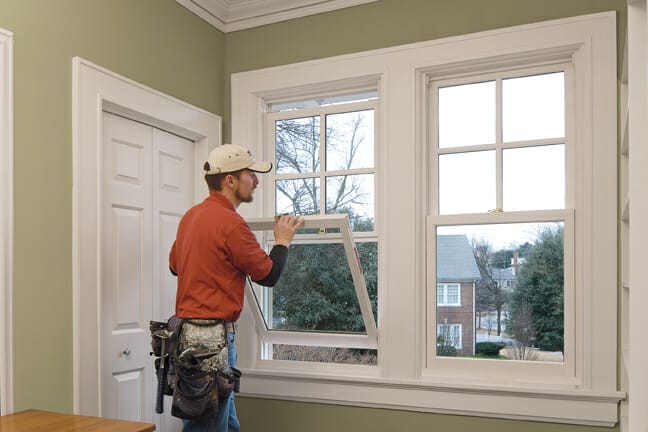Your home’s foundation serves as the backbone of its structural stability and gives the rest of the building a solid base. However, it may jeopardize the safety of your home and your family if the foundation is not constructed or maintained correctly.
Poor drainage, improper grading, and bad construction are common foundation flaws that can result in problems, including cracking, settling, and even collapse.
In this article, we will explain some of the most typical foundation errors that might compromise the safety of your home and offer advice on how to avoid and correct them.
What Are Typical Foundation Issues
There are many types of foundations for different types of houses. Basement foundations, concrete slab foundations, timber foundations, crawlspace stem walls, and pier and beam foundations are popular foundation types used for homes.
Other factors may also have a big impact, in addition to different foundation types being sensitive to various issues. For instance, foundation walls are more susceptible to damage in regions with higher annual precipitation rates.
You can have typical issues, including a sinking or disintegrating foundation, cracked flooring, foundation gaps, sloping floors, a leaning chimney, cracked walls, and stuck doors.

1. Cracks in Exterior Walls
Hairline cracks in external walls are widespread and don’t always indicate serious foundation issues. It’s a bigger problem if there are zigzag patterns, the fissures are wide, or the foundation seems to cling outward.
Examining the cracks more closely allows you to determine whether there is cause for concern. For example, vertical cracks are commonly caused by normal settling, while horizontal cracks may be a cause for concern.
Additionally, if the fracture is wider than one-fourth of an inch, if it widens quickly, or movement of the underlying blocks, you should have a professional inspect your foundation.
2. Interior Wall Cracks
Many interior wall cracks are not significant. While it is not ideal that drywall, for example, is not durable and can be affected by humidity, plumbing leaks, and other issues, these problems may be easier to fix than foundation issues.
In contrast, if walls are collapsing, sagging, or bowing, those are signs that the issue originates from below. Other indications of a foundation problem include peeling wallpaper, diagonal cracks, and cracks that run along the ceiling or floor.
3. Unsteady Surfaces
Floorboards that squeak, sag, or bounce could indicate a problem with the foundation or something else. These issues call for an inspection.
Bouncing on finished flooring may signify a shifting foundation or decaying structural beams. Be alert for cracks in concrete slab flooring, such as those in a crawl area or basement.
If you wish to avoid unsteady surfaces from the beginning, it is important to use pile driving in your foundation when building your house or reconstructing it.
4. Cabinets Not Attached to the Wall
Your walls and floors may get out of level due to foundation issues. Even while that can be difficult to see with the naked eye, the problem might be easier if you look at cupboards and counters more closely.
If these parts, which were once securely fastened to the walls or level with the ground, are now loosely fastened or sloping, it might indicate a problem with the foundation.
5. Mildew Odor
There are many reasons why a musty smell in the house caused by mold or mildew can be problematic, and these causes may not always be associated with a weak foundation.
However, moisture penetrating through tiny cracks throughout the foundation may cause a chronic mildew odor in the crawl space or basement. Moisture can lead to more rotting and attract harmful bugs, leading to a vicious cycle.
6. Broken or Warped Siding
Along with foundation concerns, moisture, weather variations, and even vermin can cause siding problems.
Signs of a foundation issue include spaces between boards, cracks widening along the exterior walls, and gaps between the window and door or window frames. In addition to allowing extra moisture or bugs in, these gaps and crevices can exacerbate your problems.
7. Sinking Ground
Most houses have been designed to have an inclination that directs the water from rain or snow to melt away from the foundation; this is important as moisture can threaten the foundation’s stability.
If you notice an increase in water pooling around your home’s foundation, it could be caused by landscape erosion or an indication of a more severe issue, such as the foundation sinking.
8. Doors Getting Stuck
Doors may not close properly or become stuck if foundation issues lead your home to sink, slope, or become uneven in other spots. Doors frequently stick more in homes when the humidity is increased at certain times of the year.
However, if the issue goes beyond a minor swelling, you must check the area of the foundation close to the troublesome doors.
9. Drainage Problems
Your home may become unlevel due to foundation issues, which could lead to plumbing issues.
For instance, if the foundation of your house is causing any pipelines that flow through it to become blocked or unbalanced, it can impede the flow. In general, drainage problems don’t exist in a vacuum.
If you encounter this problem, inspect your walls, exterior siding, floors, and foundation for further signs of a problem.
Conclusion
In summary, the foundation of your house plays a crucial role in its safety and structural stability. Neglecting proper drainage, correct grading, and poor construction can lead to significant problems that can endanger the home and your loved ones.
Therefore, it is critical to be aware of these errors and take precautions to avoid them, whether through routine maintenance, expert inspections, or working with a licensed contractor.
You may contribute to ensuring the long-term security and stability of your house’s foundation by taking the required precautions and taking care of any problems as soon as they appear.














